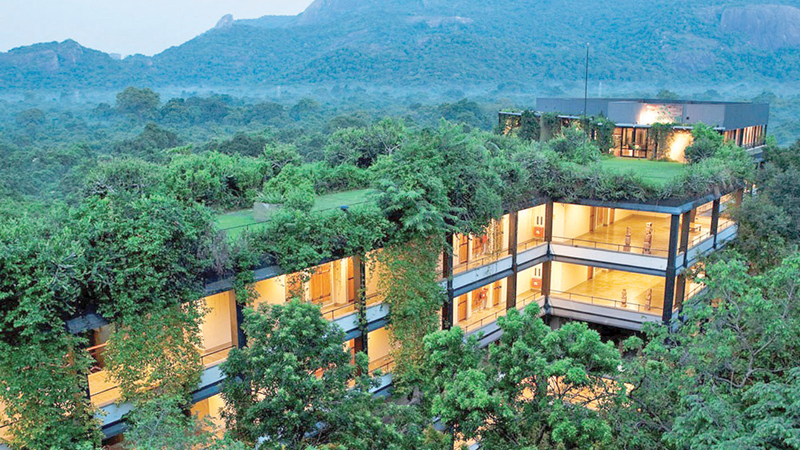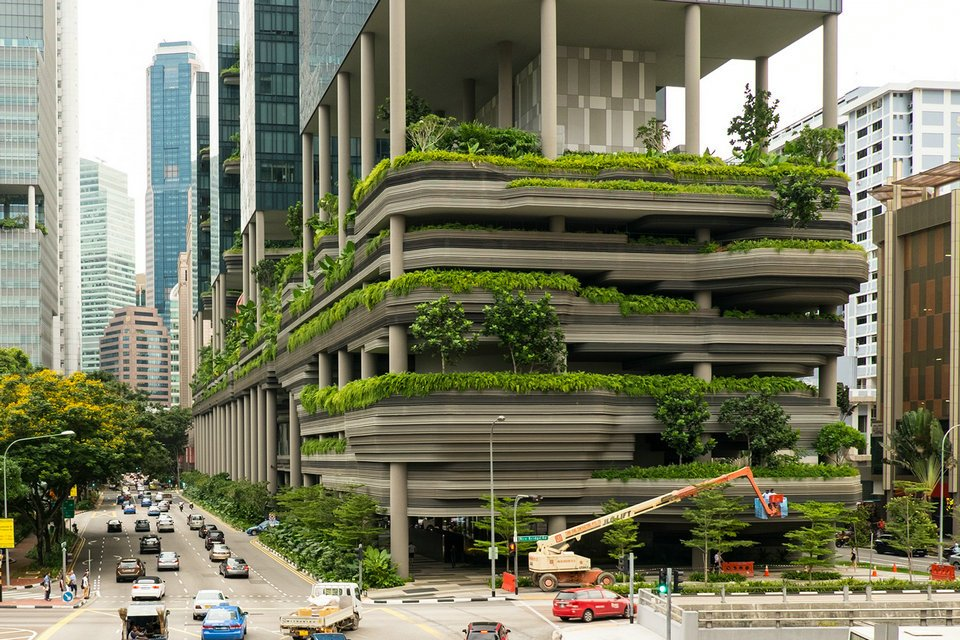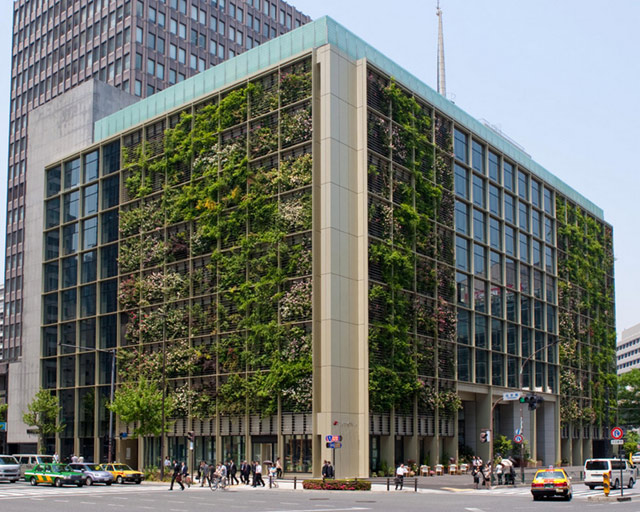
LEED Certification and its Role in Promoting Green Buildings
Introduction:
In the era of heightened environmental awareness and sustainability, the construction industry has witnessed a significant shift towards green building practices. Leadership in Energy and Environmental Design (LEED) certification has emerged as a globally recognized standard for assessing and promoting the environmental performance of buildings. This article explores the key principles of LEED certification and its pivotal role in advancing the cause of green buildings.
1. **Understanding LEED Certification:**
LEED, developed by the U.S. Green Building Council (USGBC), is a voluntary, third-party verification system for sustainable building performance. It provides a comprehensive framework for designing, constructing, operating, and certifying green buildings based on a set of predefined criteria.
2. **Key LEED Categories:**
LEED certification evaluates buildings across several categories, including Sustainable Sites, Water Efficiency, Energy and Atmosphere, Materials and Resources, Indoor Environmental Quality, and Innovation in Design. Each category addresses specific aspects of a building’s environmental impact, promoting a holistic approach to sustainability.
3. **Sustainable Site Development:**
LEED emphasizes the importance of selecting building locations that minimize environmental impact and promote sustainable land use. Factors such as public transportation accessibility, site selection, and the preservation of open space contribute to a project’s LEED certification.
4. **Water Efficiency:**
LEED encourages water conservation through efficient landscaping, innovative irrigation systems, and the use of water-saving fixtures. This category aims to reduce the overall demand for water resources and promote responsible water management.
5. **Energy and Atmosphere:**
Energy efficiency is a cornerstone of LEED certification. This category assesses a building’s energy performance, encourages the use of renewable energy sources, and promotes the implementation of advanced energy-efficient technologies.
6. **Materials and Resources:**
The responsible use of materials is a focal point in LEED certification. This includes selecting sustainable building materials, promoting recycling and reuse, and minimizing waste during construction.
7. **Indoor Environmental Quality:**
LEED prioritizes the creation of healthy and comfortable indoor environments. This category addresses factors such as indoor air quality, thermal comfort, and access to natural light, promoting the well-being of occupants.
8. **Innovation in Design:**
LEED recognizes and rewards innovative strategies that go beyond standard green building practices. This category encourages the exploration of cutting-edge technologies and approaches that contribute to sustainability.
9. **LEED Certification Levels:**
LEED certification offers different levels based on the number of points a project earns. The levels include Certified, Silver, Gold, and Platinum, providing a flexible framework that accommodates a range of sustainable practices.
10. **Global Impact and Recognition:**
LEED has gained international recognition as a symbol of environmental responsibility and sustainable design. Its influence extends beyond the United States, with projects in more than 175 countries participating in the LEED certification process.
Conclusion:
LEED certification plays a crucial role in promoting green buildings by providing a comprehensive and standardized framework for sustainable design and construction. As the demand for environmentally conscious buildings continues to grow, LEED serves as a catalyst for industry-wide transformation, encouraging architects, developers, and builders to prioritize sustainability. By adhering to the principles of LEED certification, the construction industry contributes to a more sustainable and resilient built environment, aligning with the global imperative to address climate change and promote a healthier planet for future generations.



